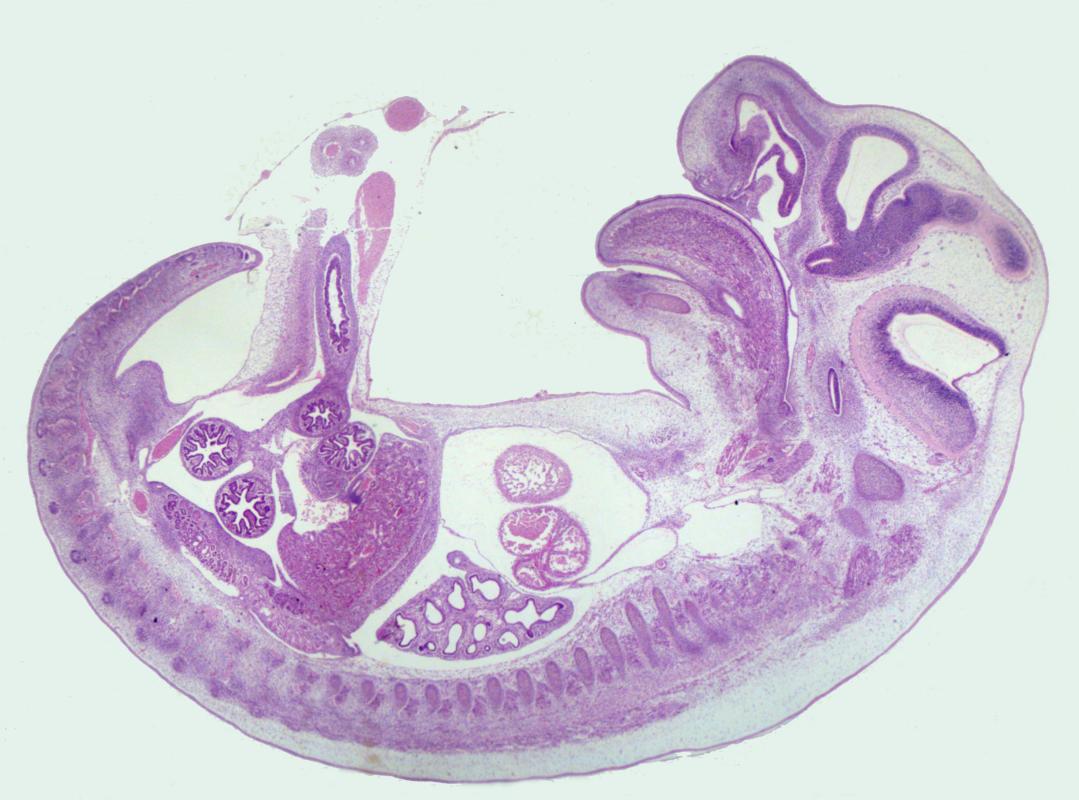Vertebrate Embryology and Evolution
The Embryology Collection of the Museum für Naturkunde Berlin is a globally unique scientific resource, representing one of the largest and taxonomically most diverse embryological collections in the world. It covers more than 600 vertebrate species and comprises some 290,000 histological slides, 3,000 jars of wet specimens and significant associated literature and archival material, assembled over the past 150 years in mainly the UK, the Netherlands and Germany. The Embryology Collection has a special focus on vertebrate embryos, comprising especially placental mammals (including whales and primates) and Australian mammals, but also fish, amphibians and reptiles.
Apart from its impressive size, the Embryology Collection include specimens of very rare and elusive species such as for example an embryo of the African aardvark, the extinct thylacine and rare primate embryos. The zoological specimens are accompanied by a vast and equally valuable body of archival material containing fascinating historical data on the acquisition, analysis and documentation of embryological specimens as well as the science history of vertebrate embryology more broadly.
Modern and cutting-edge, non-destructive imaging approaches such as 3D-imaging technologies (e.g., computed tomography and surface scanning), linking of scientific data sources and public accessibility of these data will enable to release the full potential of this unique collection for biological and medical science, conservation research, social sciences and public outreach.
Learn more about the other research clusters at the Museum für Naturkunde Berlin.
